News 20 July 2022 certificate holder highlighted
Rijkswaterstaat sets the market in motion with the CO2 Performance Ladder
The CO2 Performance Ladder is used by the government's Workplace Environment category of procurement to encourage suppliers to become more sustainable. With success, says category manager Tamara van Vastenhoven: 'we see that we are influencing the market with our purchasing power.'
Rijkswaterstaat (RWS) is part of the Dutch Ministry of Infrastructure and Water Management and responsible for the design, construction, management and maintenance of the main infrastructure facilities in the Netherlands. Rijkswaterstaat is responsible for all government purchasing within the Workplace Environment category. The goal of the category is to make a positive social impact in four areas: circularity, CO2 reduction, social return, and global socioeconomic circumstances by using its purchasing power. 'We searched for appropriate tools to encourage the market in order to achieve this', says category manager Tamara van Vastenhoven. Consequently, we arrived at the CO2-Performance Ladder for CO2 reduction. The use of the instrument allows you to measure your organization's CO2 emission reduction efforts independently and objectively. Moreover, the Ladder is used throughout the government.'

'We see that with our purchasing power we can get the market moving' - Tamara van Vastenhoven, category manager government-wide procurement Workplace environment
Involving the entire market
The CO2 Performance Ladder is just one of the tools, as van Vastenhoven emphasizes. 'We also examine how materials can be reused in circular furniture, for instance. Furthermore, we are involved in the development of a NEN standard for circular office and learning environments. By doing this, we are establishing norms with the entire market. The CO2 Performance Ladder also seeks to encompass the entire market.' The ladder has five steps. From level 4 onwards, the assessment is no longer just about the organisation's own CO2 Performance, but also considers the influence on the rest of the supply chain. Van Vastenhoven: 'That is ultimately what you want. That suppliers hold their vendors accountable. It will then spread like an oil slick.'
'You want suppliers to hold their vendors accountable' - Tamara van Vastenhoven
The bar has been set
The Ministry of Infrastructure and Water Management, to which Rijkswaterstaat belongs, is itself certified at level 5. ‘An example of ‘practice what you preach’’, explains Van Vastenhoven. The CO2 Performance Ladder has previously been used on numerous occasions in tenders for office furniture. In one of the first calls for tender, for circular furniture for the Ministry of Defence, the requirement was to be certified for level 3 within a year of the award of the contract. Van Vastenhoven: 'in this way we set de bar for the market'. Meanwhile, all suppliers who regularly tender are at least at level 3.
Looking at it anew every time
According to Van Vastenhoven, it's critical to consider how the CO2 Performance Ladder can be used in each tender. Market research is where it all begins. You can look up which level suppliers are currently on. You then adjust the request accordingly. But it also depends on the contract. In the case of Defence, for example, it was a four-year contract and only concerned delivery. Later, we requested specific furniture for the Tax and Customs Administration, with a seven-year contract, and our approach was much more focused on truly cooperating as partners. You can raise the bar with such a strategic partnership. At that point, we made the decision to award bonus points to tenders who aimed to reach level 4 or 5 within a certain period of time.
International frontrunner
Van Vastenhoven is proud of the use of the CO2 Performance Ladder. 'We see that our purchasing power is setting the market in motion. What starts with an external stimulus also gets into the suppliers' own DNA. For example, they proudly mention this achievement in their annual reports. With the CO2 Performance Ladder, we are leading the way in the Netherlands. Via the suppliers, this also trickles down to departments and partners in other countries. That is how we have an international impact.'
‘With the CO2 Performance Ladder, we are ahead in the Netherlands' - Tamara van Vastenhoven
Rever Interieurprojecten: 'Constantly monitoring and innovating'
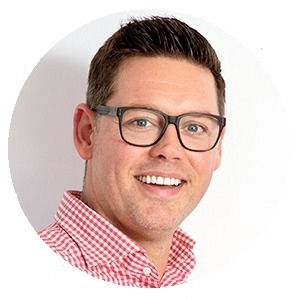
'The CO2-Performance Ladder is a good tool to consciously take sustainable steps.' - Jeroen Kuilman, account manager Belastingdienst Rever
Jeroen Kuilman, Account Manager for the Tax and Customs Administration: 'The CO2 Performance Ladder is a good tool to consciously take sustainable steps. Unlike an FSC certificate, for example, this is not a one-off action. You have to keep monitoring and innovating. Although it takes a lot of time, it is a good thing. When we first received the contract, we had a year to complete step 3. We really needed that. We are glad that we called in an external advisor to guide us in this process.
Jaytee van Veen, senior interior designer and operations manager: 'We are now the only interior service provider with this certificate. Unfortunately, the assessment body has put us in the middle, because there is no representative comparison. We ourselves believe that we are in the lead because sustainability is in our DNA as an organisation we are constantly searching for ways to improve. But we also really believe that we are doing something good here. That is why we have expressed our ambition for the next contract to reach level 5 within two years. We will even try to achieve that as soon as possible.'

'For the next contract, we have expressed our ambition to reach level 5 within two years.' - Jaytee van Veen, senior interior architect and operational manager Rever
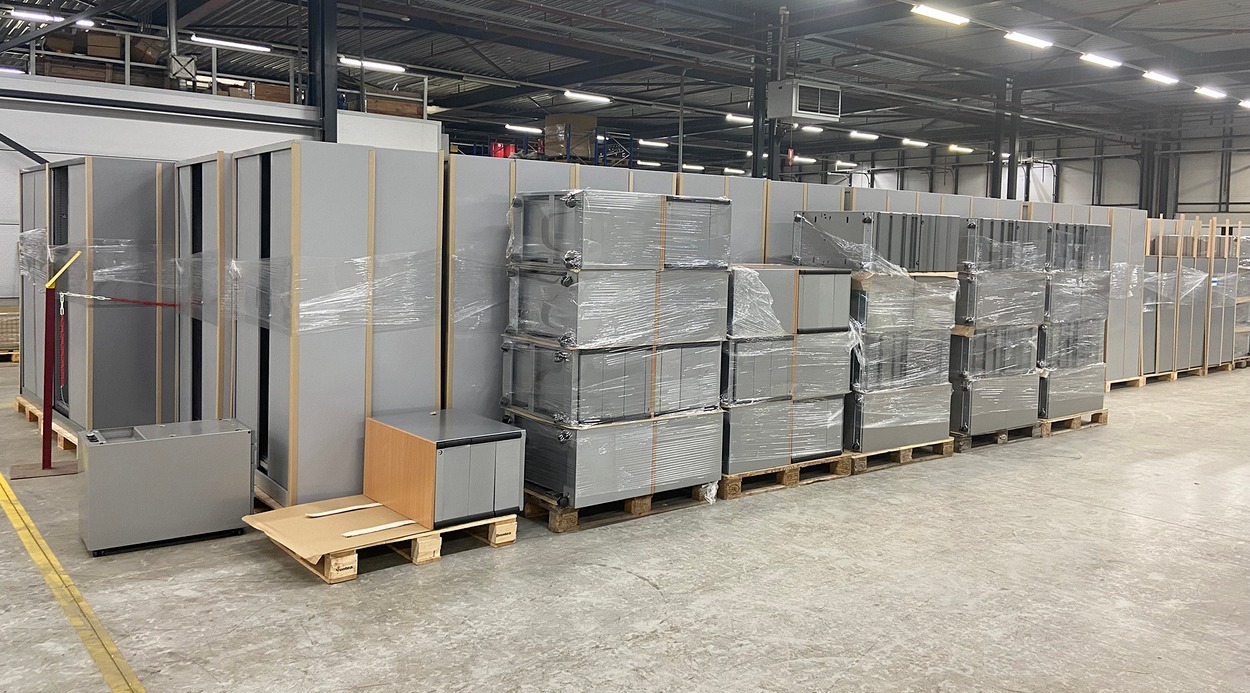
Image: existing material is remade (as) new
Flokk: 'Roll out internationally and anchor'.
Marijke de Roo, key account manager of Flokk: 'As a Scandinavian company, we were raised on sustainability. In 1990 there already was an environmental manager on the board of Flokk. Even now, in our designs, the environment always comes first. Therefore, the third step of the CO2 Performance Ladder was not a challenging assignment for us to complete but rather an opportunity to compare apples with apples. We appreciate the requirement that you have a future plan and are challenged to share knowledge with other companies.
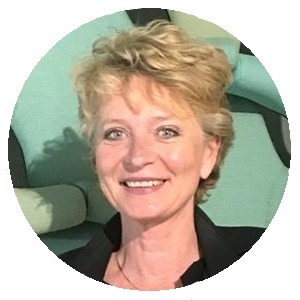
'We appreciate the requirement that you have a future plan and are challenged to share knowledge with other companies.' Marijke de Roo, Key Account Manager Flokk
David Coenen, Country Manager Benelux of Flokk: 'The requests from the government-wide Workplace Environment category are a huge boost for the sector. It is a pity that the CO2 Performance Ladder is now only used in the Netherlands and Belgium As a result, fill in many lists in a slightly different way than we do for other norms in other countries. We would rather invest that time in developing new circular seating solutions. It would be great if the Ladder were to be rolled out and embedded internationally.'
'It would be great if the Ladder were to be rolled out and embedded internationally.' - David Coenen, country manager Benelux Flokk
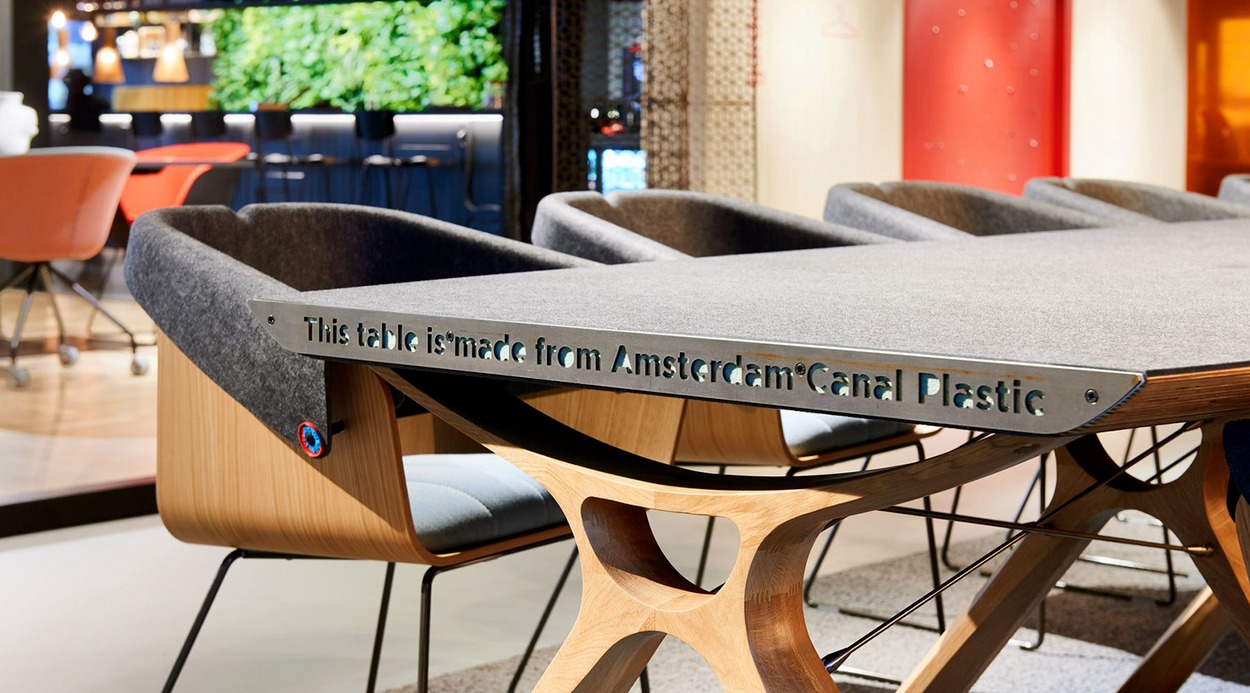
Photo: Vepa produces office furniture from recycled plastic
Vepa: "Making sustainability objectively measurable
Frank Bouma, key account manager of Vepa: 'We fully support any initiative to make sustainability objectively measurable. Undoubtedly, CO2 reduction is a significant issue that we, as a Dutch manufacturing company, can have a significant impact on. For furniture that is as sustainable as possible, we choose good materials and local production. The CO2 Performance Ladder rewards that. The decision of whether to use steel versus wood, for instance, has a significant impact. Up to 70% of CO2 -emissions can be reduced by material selection and travel distance. The Ladder helps in decision-making as well. For example, now we are using a heat pump in our new building and we are switching from Scandinavian green electricity to Dutch electricity. For level 3, we already had all the necessary information; we just had to rearrange it. Now we have a good overview. For the next contract we have committed ourselves to level 5, which is about the whole supply chain. We have close relationships with our suppliers and their suppliers because we produce locally and our materials are also sourced locally. In this way we take our responsibility in the supply chain. We already do this for example in the field of social conditions, but now we are going to ask about CO2-emissions as well. We are confident that we will reach level 5.
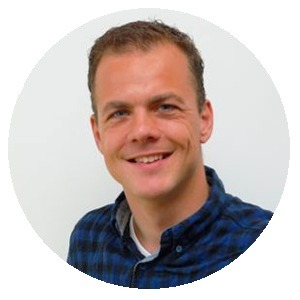
'For furniture that is as sustainable as possible, we choose good materials and local production. The CO2 Performance Ladder rewards that.' - Frank Bouma, key account manager Vepa
This article appeared previously on Magazinesrijkswaterstaat.nl
